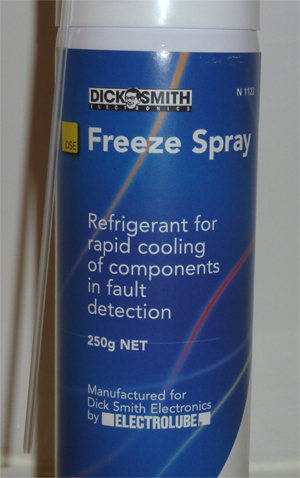Hi Everyone,
I have a Princeton HX-12 CGA monitor that's exhibited a weird problem ever since I got it a few years back. It would not display one of the CGA colors until it's warmed up for about 30 mins after which it suddenly works fine. So when it starts up, the text on the screen is magenta. After a half hour it suddenly switches to white.
I opened up the monitor to look for anything obvious (wires loose, popped or bulged caps, or anything like that, and I didn't see anything obvious). Does anyone have any idea where I should start looking to fix this behavior?
I have only 2 CGA monitors, and this is one of them. I'd like to keep it going for as long as I can. Picture is good on it beyond that intermittent problem...
Thanks!
I have a Princeton HX-12 CGA monitor that's exhibited a weird problem ever since I got it a few years back. It would not display one of the CGA colors until it's warmed up for about 30 mins after which it suddenly works fine. So when it starts up, the text on the screen is magenta. After a half hour it suddenly switches to white.
I opened up the monitor to look for anything obvious (wires loose, popped or bulged caps, or anything like that, and I didn't see anything obvious). Does anyone have any idea where I should start looking to fix this behavior?
I have only 2 CGA monitors, and this is one of them. I'd like to keep it going for as long as I can. Picture is good on it beyond that intermittent problem...
Thanks!

